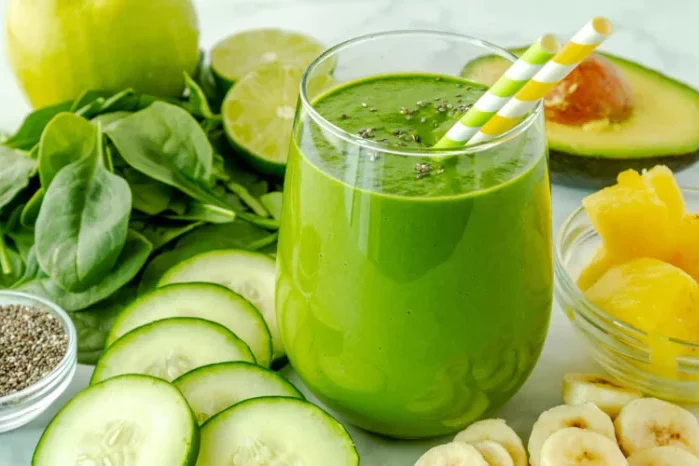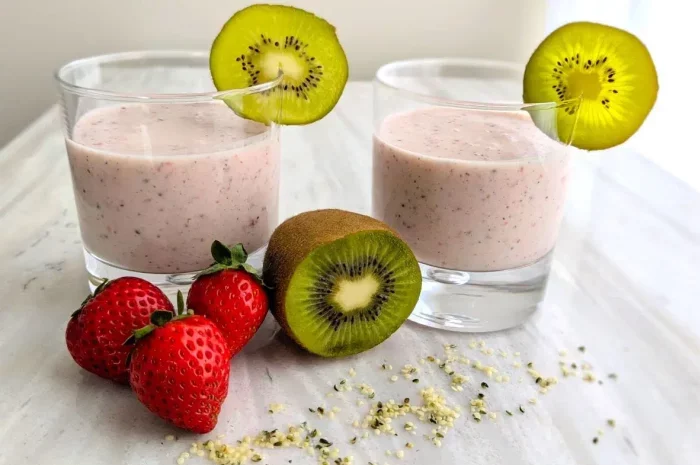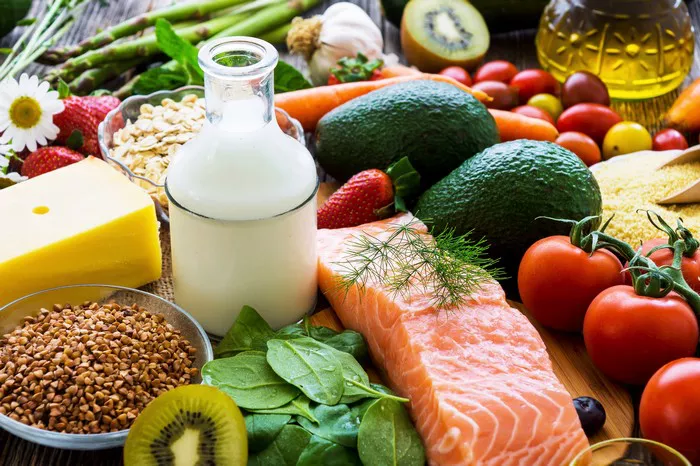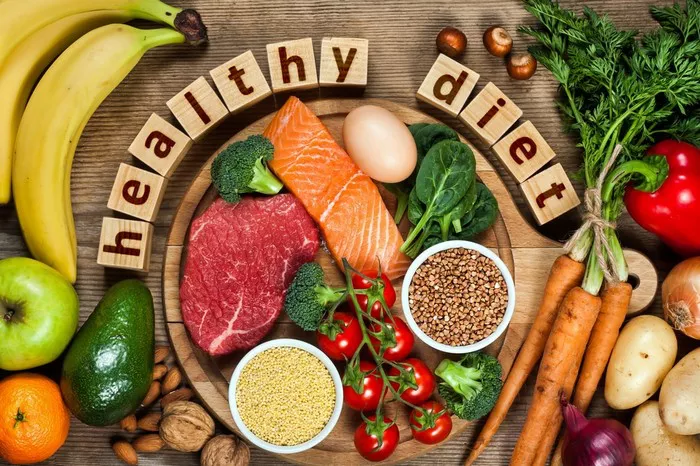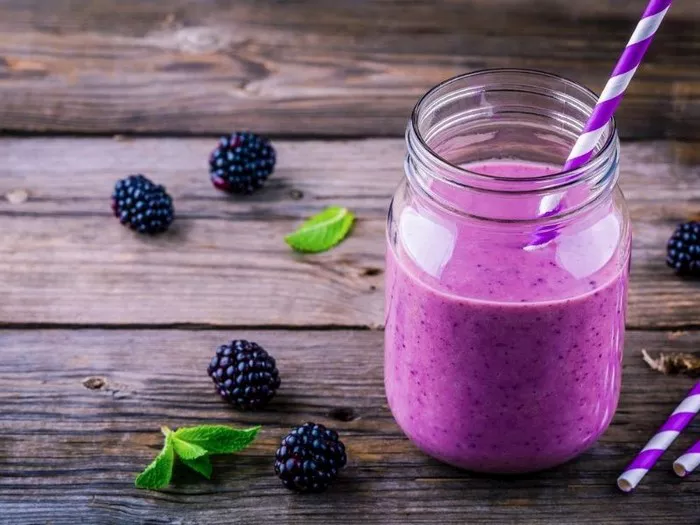High blood pressure, also known as hypertension, is a pervasive health issue that silently affects millions of people worldwide. It significantly increases the risk of heart disease, stroke, kidney problems, and other serious medical conditions. While medications are often prescribed to manage blood pressure, adopting a healthy diet can play a crucial role in both preventing and reducing high blood pressure levels. A well-balanced eating plan that focuses on specific nutrients, food groups, and dietary patterns can have a profound impact on your cardiovascular health and help you maintain healthy blood pressure. In this comprehensive essay, we’ll explore in detail what constitutes a good diet for lowering blood pressure, delving into the science behind how different foods affect blood pressure, key food groups to include and avoid, meal planning ideas, and the importance of lifestyle factors that complement this dietary approach.
The Science Behind Diet and Blood Pressure
The Role of Sodium: Sodium is an essential mineral that our bodies need in small amounts for functions like maintaining fluid balance and nerve impulse transmission. However, consuming excessive amounts of sodium can lead to fluid retention, which puts extra pressure on blood vessel walls and, in turn, raises blood pressure. Most of the sodium in our diets comes from processed and packaged foods, such as canned soups, frozen dinners, and salty snacks. For example, just one can of regular soup can contain over 800 milligrams of sodium, which is nearly half of the recommended daily limit for many adults. When we reduce our sodium intake, our bodies can better regulate fluid levels, and blood pressure tends to decrease.
Sodium’s Impact on the Renin-Angiotensin System: High sodium levels can also trigger the body’s renin-angiotensin system, a hormonal mechanism that helps regulate blood pressure. Excess sodium causes the kidneys to release less renin, which leads to an increase in the production of angiotensin II, a potent vasoconstrictor. This means that blood vessels narrow, increasing the resistance to blood flow and consequently raising blood pressure. By cutting back on sodium, we can help keep this system in check and promote more stable blood pressure.
Potassium and Blood Pressure
Potassium’s Counterbalancing Effect: Potassium is a key nutrient when it comes to blood pressure regulation. It works in opposition to sodium, helping to relax blood vessel walls and promoting the excretion of sodium through the kidneys. Adequate potassium intake can effectively counteract the hypertensive effects of sodium. Many studies have shown that increasing potassium consumption while reducing sodium can lead to significant drops in blood pressure. For instance, a diet rich in potassium from sources like bananas, oranges, and potatoes can help maintain a healthy balance within the body’s cells and in the bloodstream, facilitating better blood pressure control.
Cellular Function and Blood Vessel Health: Potassium is essential for proper cellular function, including maintaining the electrical charge across cell membranes. In blood vessel walls, this helps keep the muscles relaxed, allowing for normal blood flow. When potassium levels are low, blood vessels may constrict more easily, contributing to increased blood pressure. By ensuring an ample supply of potassium through diet, we support the health of our blood vessels and overall cardiovascular system.
Dietary Fats and Blood Pressure
Saturated and Trans Fats: Saturated fats, commonly found in fatty cuts of meat, full-fat dairy products, and tropical oils like coconut oil and palm oil, can have a negative impact on blood pressure and overall cardiovascular health. They can raise levels of low-density lipoprotein (LDL), or “bad” cholesterol, and contribute to the buildup of plaque in blood vessels, which narrows the arteries and increases blood pressure. Trans fats, which are often present in processed foods like baked goods and fried foods, are even more harmful as they not only increase LDL cholesterol but also lower high-density lipoprotein (HDL), or “good” cholesterol. Avoiding or minimizing these types of fats is crucial for maintaining healthy blood pressure.
Unsaturated Fats: On the other hand, unsaturated fats, particularly monounsaturated and polyunsaturated fats, have beneficial effects on blood pressure and heart health. Monounsaturated fats, found in foods like olive oil, avocados, and almonds, can help improve blood lipid profiles by reducing LDL cholesterol while maintaining or increasing HDL cholesterol. Polyunsaturated fats, including omega-3 and omega-6 fatty acids, are essential for the body and have been shown to have anti-inflammatory properties. Omega-3 fatty acids, which are abundant in fatty fish like salmon, mackerel, and sardines, as well as in flaxseeds and walnuts, can help lower blood pressure by reducing inflammation in blood vessels and improving blood flow.
Key Food Groups for a Blood Pressure-Lowering Diet
Abundance and Variety: Fruits and vegetables should form the cornerstone of a diet aimed at lowering blood pressure. They are rich in vitamins, minerals, fiber, and antioxidants, all of which contribute to cardiovascular health. Aim for a colorful array of produce to ensure a wide range of nutrients. For example, red fruits and vegetables like tomatoes and strawberries are rich in lycopene and vitamin C, respectively, which can protect blood vessels from oxidative damage. Orange and yellow ones such as oranges and carrots are high in beta-carotene and other beneficial compounds. Green leafy vegetables like spinach, kale, and collard greens are excellent sources of potassium, magnesium, and folate.
Potassium Powerhouses: As mentioned earlier, potassium is crucial for blood pressure regulation. Some of the top potassium-rich fruits include bananas (with around 400 milligrams per medium-sized fruit), oranges (about 237 milligrams per medium-sized fruit), and apricots (approximately 259 milligrams per cup). In the vegetable category, sweet potatoes (over 500 milligrams per medium-sized potato), white potatoes (about 610 milligrams per medium-sized potato), and broccoli (around 457 milligrams per cup) are excellent choices. Incorporating these into your daily diet can help counteract the effects of sodium and keep blood pressure in check.
Fiber and Antioxidants: The fiber in fruits and vegetables helps with digestion and can also contribute to weight management, which is another important factor in controlling blood pressure. Additionally, the antioxidants they contain, such as flavonoids and polyphenols, protect blood vessels from damage caused by free radicals and inflammation, further supporting healthy blood pressure levels.
Conclusion
In conclusion, maintaining a healthy diet is crucial for lowering blood pressure and reducing the risk of cardiovascular disease. A diet that is rich in fruits, vegetables, whole grains, lean proteins, and low in sodium, saturated fats, and added sugars can have a significant impact on blood pressure levels.
Related Topics:




